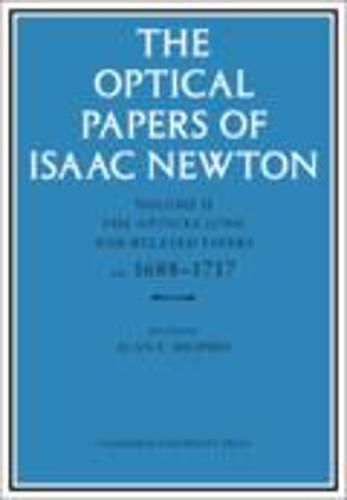Readings Newsletter
Become a Readings Member to make your shopping experience even easier.
Sign in or sign up for free!
You’re not far away from qualifying for FREE standard shipping within Australia
You’ve qualified for FREE standard shipping within Australia
The cart is loading…






Newton’s Opticks is the most influential optical and experimental work of the eighteenth century. This final volume of The Optical Papers of Isaac Newton contains manuscripts that document the evolution of the Opticks through its three principal published editions. It shows how Newton constructed the book that for over a century was the leading treatise on optics, a fecund source of natural philosophical speculations, and which is now considered a classic of science. The volume opens with the manuscript of the first edition (1704) and the first draft of the Opticks in Latin, which he soon abandoned for English. This is followed by the manuscripts of the queries that Newton added to the Latin translation in 1706 and the second English edition in 1717. Other, shorter manuscripts are included, as are copious notes and commentary, making this a valuable resource for historians and philosophers of science, and historians of philosophy.
$9.00 standard shipping within Australia
FREE standard shipping within Australia for orders over $100.00
Express & International shipping calculated at checkout
Newton’s Opticks is the most influential optical and experimental work of the eighteenth century. This final volume of The Optical Papers of Isaac Newton contains manuscripts that document the evolution of the Opticks through its three principal published editions. It shows how Newton constructed the book that for over a century was the leading treatise on optics, a fecund source of natural philosophical speculations, and which is now considered a classic of science. The volume opens with the manuscript of the first edition (1704) and the first draft of the Opticks in Latin, which he soon abandoned for English. This is followed by the manuscripts of the queries that Newton added to the Latin translation in 1706 and the second English edition in 1717. Other, shorter manuscripts are included, as are copious notes and commentary, making this a valuable resource for historians and philosophers of science, and historians of philosophy.